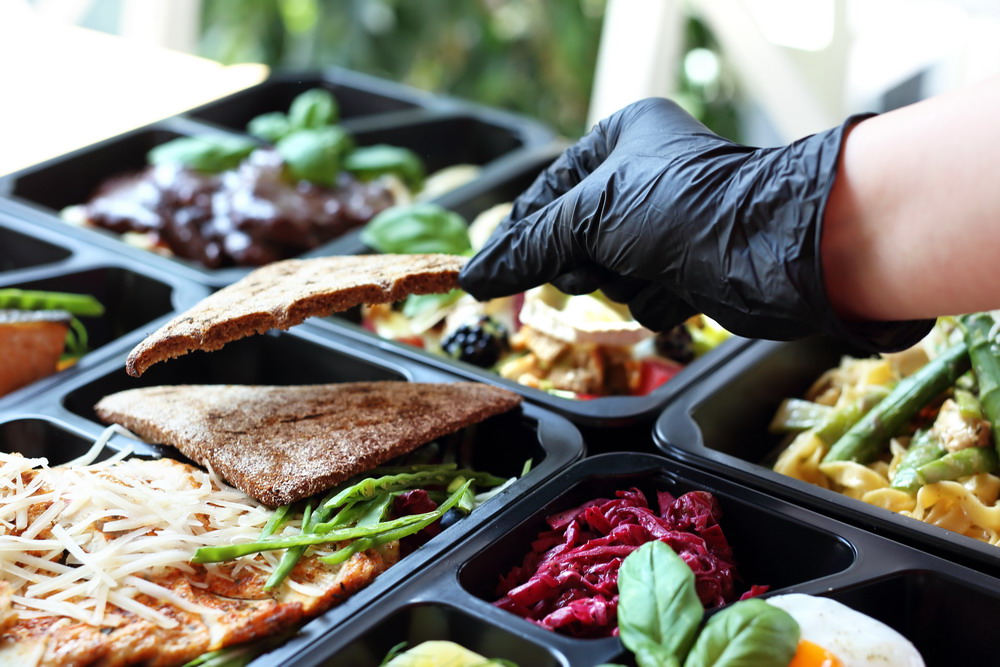When you hear the word ‘restaurant’, what immediately comes to mind? Maybe you have a favorite place that you like to frequent with friends. It is a place you can all sit down together, enjoy good food and conversation, and leave feeling like you’ve had enjoyed a positive experience. Would you get that same experience if your food were delivered to your home?
National Public Radio recently published a piece discussing the rise of new restaurants that only offer takeout options. Part of their piece was devoted to a new concept known as DoorDash Kitchens. These are establishments managed by DoorDash, establishments from which restaurants rent kitchen space in order to prepare meals to be delivered directly to customer homes.
Visit any of the DoorDash Kitchens locations and you will notice that there are no ordering counters, servers, or tables. There are no menus and no hosts dressed in restaurant attire. All you’ll find is kitchen space staffed by food service workers and a small waiting area for drivers whose orders are not quite ready.
NPR calls these establishments “delivery only” restaurants. But are they really restaurants, or are they more like food stands? Could they be something entirely different altogether?
The Definition of ‘Restaurant’
Determining whether exclusive takeout kitchens are really restaurants or not starts with a dictionary. According to the Merriam-Webster online dictionary, a restaurant is “a business establishment where meals or refreshments may be purchased.” They go on to explain that the first known use of the term dates to 1806.
It is clear that Merriam-Webster’s definition doesn’t mandate that an establishment have tables, servers, and so forth. So by the dictionary definition of the term, delivery only kitchens might qualify as restaurants.
Restaurants Throughout History
An argument against delivery only restaurants is found in the history of the restaurant experience itself. Prior to smartphones and mobile apps, restaurant delivery was limited primarily to pizzerias and Chinese joints. You called, placed an order, and waited for it to arrive at the door. If there was ever an evening when you weren’t interested in delivery, you can always sit down for a proper meal at that same pizzeria or Chinese restaurant.
The point here is that restaurants back then did not limit their service to the delivery only model. They all had regular dining rooms where people came and sat down. Today’s delivery only establishments work on an entirely different model. There is no dining space at a delivery only kitchen.
Historically speaking, restaurants have always been combination dining spaces and kitchens. They have always been a place to sit and socialize over a good meal. Take that out of the equation and the experience is entirely different. Is it a true restaurant experience?
Mere Food Preparation
Comparing business models clearly demonstrates that delivery only kitchens have reduced things to mere food preparation. Unlike a restaurant with a dining room and waitstaff, delivery only kitchens can be completely industrial and impersonal. Their only function is to prepare food for delivery.
In contrast, consider a restaurant like Salt Lake City’s Taqueria27. Their kitchen may be commercial in function, but all that stops at the doors that separate it from the dining room. In the dining room, the focus is on providing a welcome environment that complements great food.
The goal at Taqueria27 is to get people to spend time together over food they love. At DoorDash Kitchens, the goal is to get food out the door as quickly as possible. Despite the dictionary definition of ‘restaurant’, delivery only kitchens are just food preparation spaces.
